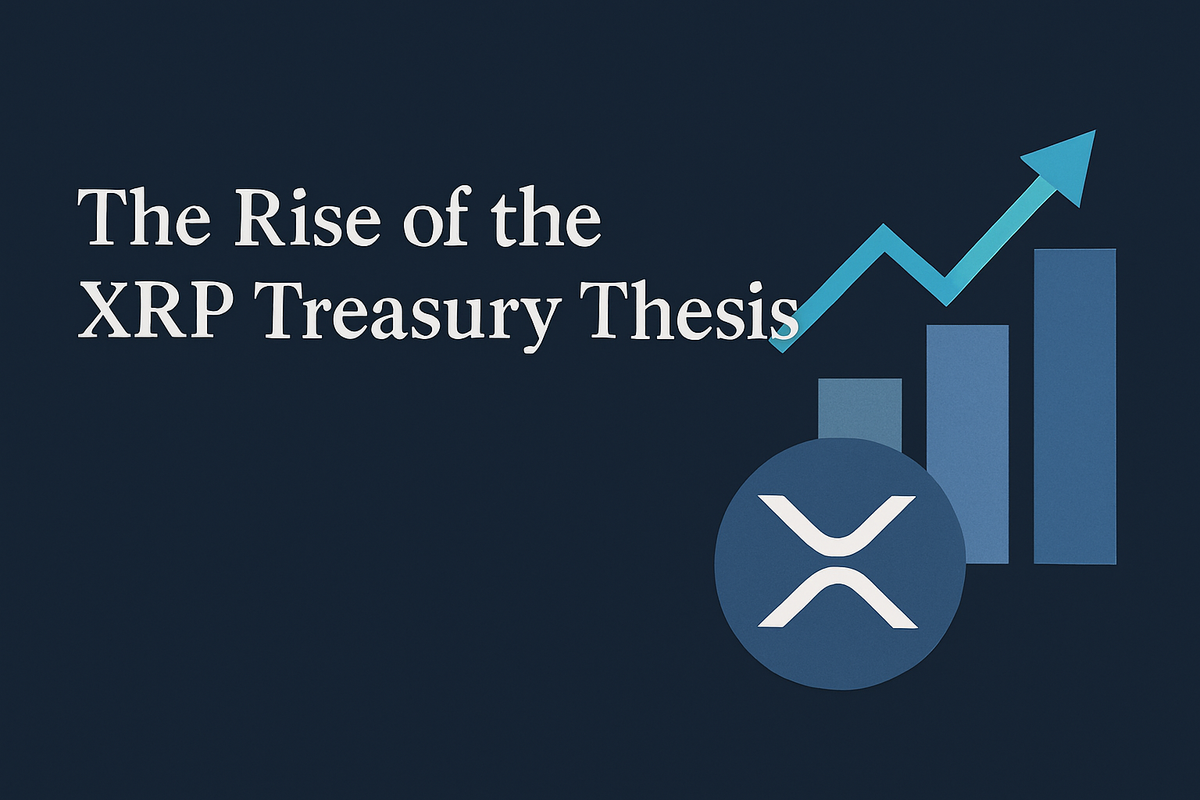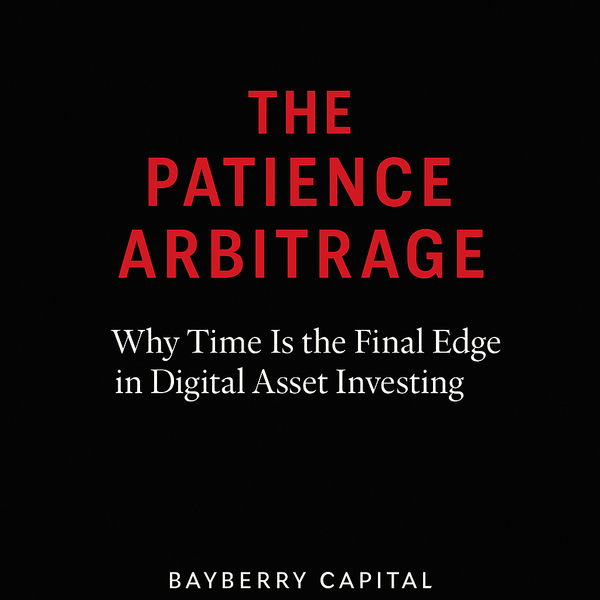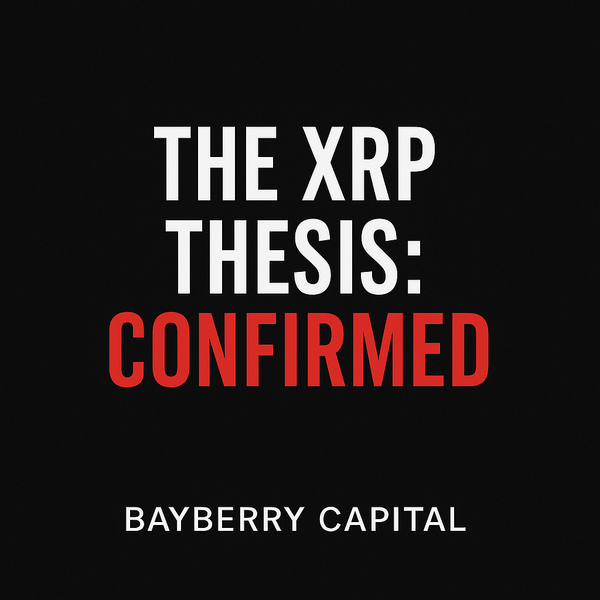The Rise of the XRP Treasury Thesis

A New Phase of Adoption
A shift is happening.
Digital assets are no longer just speculative vehicles. They’re becoming functional components of corporate finance, integrated into balance sheets, used for payments, and considered strategic reserves.
Just this past month:
- VivoPower announced it will become a digital asset treasury company, with XRP at the core.
- Wellgistics, a logistics and pharmaceutical services firm, confirmed it is using XRP for payments and treasury, showing real-world adoption in a regulated, high-stakes industry.
These aren’t blockchain startups. These are traditional companies — now positioning XRP as infrastructure.
Bayberry Capital: Built on the Treasury Thesis
At Bayberry Capital, our conviction has never wavered: XRP is not merely a speculative token — it is a digital asset purpose-built for financial infrastructure.
Long before public companies began allocating it to their balance sheets, we recognized XRP’s potential to function as a modern reserve asset, designed for speed, scalability, and efficient capital movement. Our approach has always been grounded in fundamentals, not short-term narratives.
While the broader market is now beginning to explore XRP as a treasury and payments asset, we’ve already spent years building around this vision — steadily accumulating, refining our thesis, and positioning Bayberry Capital to operate more like a digital asset holding company than a traditional trading desk.
We didn’t wait for headlines to validate the strategy. We structured Bayberry from the ground up on this foundation.
What It Means to Be an XRP Treasury Company
This isn’t a marketing slogan. It’s a financial philosophy.
To operate as an XRP treasury company means:
- Accumulating XRP based on fundamental utility, not hype
- Treating XRP as strategic capital, not just a price play
- Staying liquid, interoperable, and prepared to move capital instantly across borders or platforms
- Remaining disciplined in accumulation and allocation, regardless of cycles
Bayberry isn’t building around trends. We’re building around truth.
Solana, Ethereum & the Broader Adoption Curve
XRP is leading the charge, but it’s not alone.
Other digital assets are entering corporate treasury strategies:
- Janover Inc. recently allocated ~$4.6M into Solana (SOL), staking it for yield and signaling long-term confidence in the protocol.
- BlackRock, the world’s largest asset manager, launched its first tokenized fund on Ethereum, bringing institutional liquidity on-chain.
- DeFi Technologies added SOL and diversified its reserves across multiple proof-of-stake networks.
It’s clear: the market is moving from theory to execution.
Digital assets are no longer on the fringe. They’re being absorbed into the core of financial structure.
Why XRP Is Uniquely Positioned
Most assets are adapting to real-world needs.
XRP was built for them.
- Designed for liquidity
- Engineered for speed
- Proven in enterprise environments
- And now, legally clarified in key jurisdictions
There’s no pivot necessary — just execution.
It is, in every way, a native asset for capital movement, and increasingly, for capital preservation.
Bayberry’s Strategy in the Years Ahead
As this new wave of institutional adoption continues to take shape, Bayberry Capital remains committed to its long-term strategy:
- Maintain XRP as a core reserve asset, accumulated and held with discipline
- Approach allocation with structure, not speculation — guided by utility, liquidity, and long-term value
- Position the company as a digitally native treasury entity, capable of operating at the intersection of capital markets and blockchain infrastructure
- Continue building internal frameworks to integrate future opportunities in yield generation, tokenized assets, and digital settlement mechanisms
Our focus is not short-term performance. It’s to operate as a forward-looking, conviction-driven company aligned with the architecture of the future.
The market is beginning to reward clarity, utility, and real-world integration.
Bayberry Capital is already built for that reality — and we intend to scale into it with precision.





